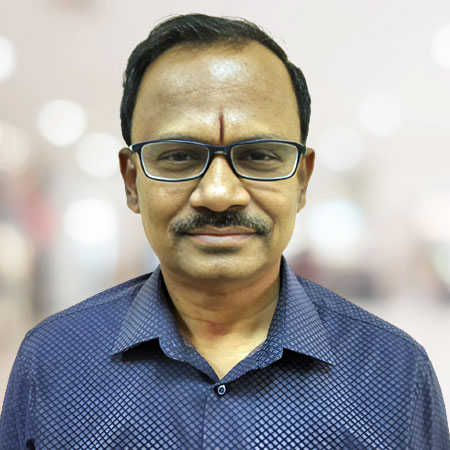Dr. Ramasamy Ponalagusamy
Professor(HAG)Department of Mathematics, National Institute of Technology, Tiruchirappalli, Tamil Nadu, India
Highest Degree
PostDoc Fellow in Finite Element Algorithm from Chuo University, Tokyo, Japan
Share this Profile
